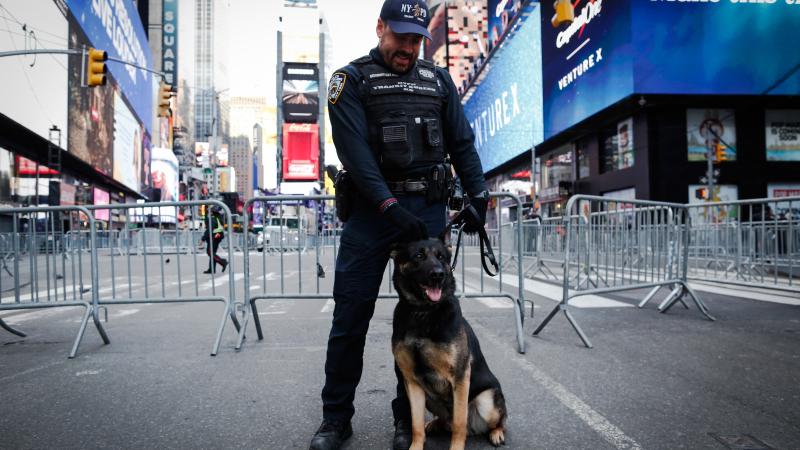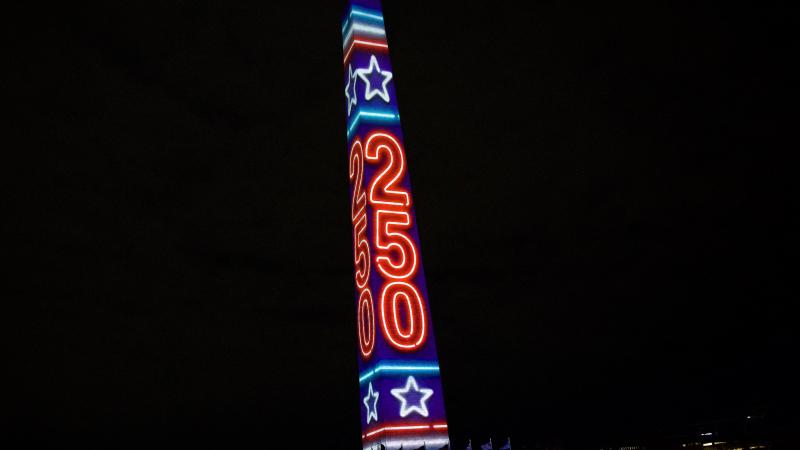Arizona Border Patrol chiefs express concerns about gotaways, national security risks
The majority illegally entering the Tucson Sector are primarily single, military age men, officials say.
As a record number of people are pouring through the southwest border, the U.S. House Committee on Homeland Security released the latest transcripts of interviews it conducted with Border Patrol chiefs as part of its year-long investigation into Homeland Security Secretary Alejandro Mayorkas, building its case to impeach him.
The interviews were conducted between April and September, prior to the unprecedented surges occurring in Arizona and Texas.
The interviews “confirm the historic crisis at the Southwest border has affected the operations of Border Patrol agents in the field and limited their ability to conduct their homeland security mission, leading to more gotaways and the increased risk these individuals represent, as well as more drugs being smuggled by the criminal cartels across the border,” Chairman Mark Green, MD, R-Tenn., said.
This is the fourth report on the transcripts, highlighting Arizona chiefs’ testimony. The first report covered how “illegal aliens are spreading the word the border is open.” The second covered the issue of agents being reassigned to process and release “illegal aliens into the country rather than patrolling the border between ports of entry.” The third addressed challenges facing California agents.
Arizona had more than 775,000 illegal border crossers in fiscal 2023, The Center Square first reported. Its 378 miles of shared border with Mexico are divided into two U.S. Customs and Border Protection sectors: Tucson and Yuma. Tucson Sector’s 262-border miles extend from the Yuma County line to the Arizona-New Mexico state line. Yuma Sector’s nearly 182,000 square miles of primarily desert terrain extends from Imperial Sand Dunes in California to the Yuma-Pima County line.
Surges of people illegally entering impact agents’ ability to identify and catch gotaways, those illegally entering to avoid detection. The committee confirmed in its report that there were at least 1.7 million gotaways who illegally entered nationwide since President Joe Biden first took office, data The Center Square first reported. Former Border Patrol Chief Raul Ortiz previously testified before Congress that gotaways are underreported by between 10% and 20%; officials don’t know who they are, how many or where they are.
Former Del Rio Sector Chief Border Patrol Agent Jason Owens, who is now the Chief of Border Patrol, said, “If my men and women are stuck in a humanitarian effort of processing these folks, they cannot be in two places at once. They cannot be out on patrol. And, where I need them out on patrol is to not only account for those gotaways but to reduce them, where possible. Everything revolves … around having those men and women on the ground doing the job.
“The major concern for us, is the border security mission. Our true adversary, the smugglers, while we’re tied up with this humanitarian effort, what are they doing around the bend that we can’t be there to respond to? Is that where they’re crossing dangerous narcotics? Is that where they’re crossing convicted felons? That is what keeps us up at night.”
Tucson Sector Chief Border Patrol Agent John Modlin explained why apprehensions are important. “When we make an arrest, we can then vet that person and find out, if they have a criminal history, if there are national security concerns. Gotaways are a public safety concern, … potentially a national security concern.”
Tucson Sector reported the third-highest number of illegal entries along the southwest border, behind El Paso and Del Rio sectors in Texas. The majority illegally entering the Tucson Sector are primarily single, military age men, Modlin told Congress earlier this year.
“The smuggling organizations to our south are very well organized and resourceful,” he said, referring to Mexican cartels. “Each and every person crossing through the Tucson Sector must pay these criminal organizations. The migrants we encounter are completely outfitted in camouflage by the smuggling organizations before they cross. Most run from and fight our agents to avoid apprehension. Many are previously deported felons who know they are inadmissible to the United States and many pose a serious threat to our communities.”
Yuma Sector Deputy Chief Border Patrol Agent Dustin Caudle said the sector’s three interior checkpoints are critical for interdicting gotaways, but “the majority of Fiscal Year ’22 and even really up until May of this year, our checkpoints were down.” This opened up “freedom of movement,” he said. “For any criminal organization to be successful, they require freedom of movement, and that is key to being able [to move] people or “dangerous narcotics, weapons, cash, whatever it is. Any time that’s impeded, it has an impact.”
He also said narcotics interdictions were up in his sector because the checkpoints at the time of the interview were fully operational. The sector “is not a well-known narcotic corridor,” he said. “Again, it’s mostly a human smuggling-type corridor. Those are clearly defined with the cartels, but fentanyl is up. Cocaine is up. Heroin is up.”
In response to their answers, Green asked, “How many others have slipped by as Border Patrol agents have increasingly been pulled off the line to process illegal aliens crossing the border? How many violent criminals and gang members are now at large in our communities? Border security is national security, and right now, the border is not secure. When upwards of two million people have entered our country, whom we know nothing about, we are at deadly risk. Secretary Mayorkas must be held accountable for this national security malpractice.”














